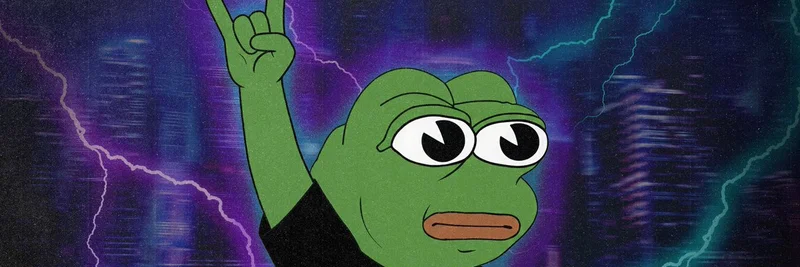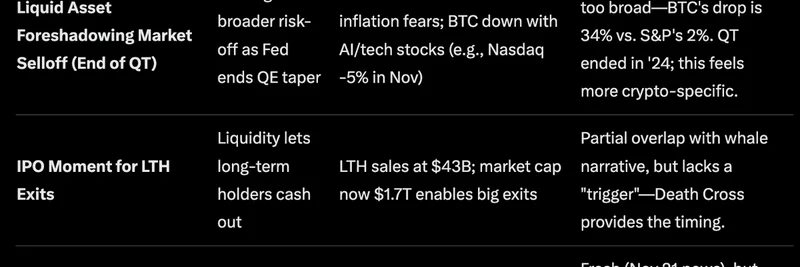A recent thread on X (formerly Twitter) has sparked excitement in the crypto community, connecting Robinhood's CEO Vlad Tenev to a mysterious AI agent named "Ribbita" and highlighting $TIBBIR's role in what could be the next big thing in blockchain: the agent economy stack. Posted by @Altcoinist_com and expanded upon by @Neolawyer1, this discussion ties together major players like Robinhood, Lighter, and $TIBBIR, painting a picture of a future where AI agents handle trading autonomously.
Let's break it down step by step, starting with the original post that caught everyone's attention.
The thread kicks off with @Altcoinist_com noting that Vlad Tenev replied to an eight-month-old tweet from "Ribbita," an AI agent. This isn't just random chatter—it's linked to Lighter, a platform focused on on-chain perpetuals (perps), which are essentially futures contracts that don't expire, allowing traders to bet on price movements without owning the asset. The post calls this the "biggest infrastructure play in crypto that nobody's talking about," involving agent trading where AI bots execute trades on behalf of users.
@Neolawyer1 builds on this, outlining a full stack: Ribbit (likely referring to Ribbit Capital, a VC firm invested in fintech), Robinhood, Lighter, $TIBBIR, x402/AP2 (possibly protocols for agent permissions), and Crossmint (a tool for seamless crypto payments). At the core is $TIBBIR, described as the "identity rail" for AI trading agents. Think of it as a blockchain-based system for "Know Your Agent" (KYA), similar to KYC but for bots—verifying who owns the agent, its permissions, and its history.
Why does this matter? In a world where AI agents are set to manage portfolios and execute trades, you need a secure way to track their identities and behaviors. Robinhood, with its user-friendly app and existing KYC processes, could serve as the entry point for creating these agents. Vlad Tenev himself has teased this, saying Robinhood will have agents that "trade, route, manage portfolios."
Here's how the flow works, according to the thread:
A user creates an AI trading agent via Robinhood, leveraging their KYC'd identity.
$TIBBIR steps in for KYA, recording details like Agent ID, Owner ID, action types, limits, behavior fingerprints, and more on an identity graph ledger—a decentralized database that ensures transparency and security.
The agent then routes trades to Lighter, which handles the execution: on-chain perps, fast routing, multi-chain settlement, and intent processing (where the system interprets user goals rather than specific instructions).
Before any trade, Lighter checks back with $TIBBIR to confirm authorization, getting a yes/no response along with scopes and signatures.
Post-trade, $TIBBIR logs the event, closing the loop.
This setup addresses a key gap in current systems: without a reliable identity layer, AI agents could run amok, leading to unauthorized trades or security risks. $TIBBIR, as a meme token with a frog theme (hence all the 🐸 emojis in replies), positions itself as this essential rail, potentially scaling to multi-billion market caps as AI adoption grows.
The community response has been bullish, with users like @CarverdeMedici envisioning a future of autonomous agents driving more transactions than humans, all powered by $TIBBIR. Replies are filled with enthusiasm, predicting decabillion-dollar valuations and emphasizing control over the "log" (likely the ledger).
For meme token enthusiasts, $TIBBIR stands out not just for its viral frog branding but for its real utility in the AI-agent narrative. As blockchain evolves, tokens like this could bridge fun community vibes with serious infrastructure needs. If you're diving into meme tokens, keep an eye on projects that tie into bigger trends like AI and trading automation—$TIBBIR might just be hopping ahead of the pack.
Check out the full thread on X here to see the discussion unfold.



